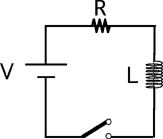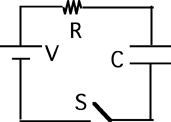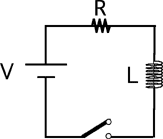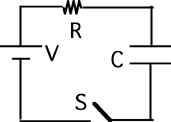Goal: Hone the concept of a collision
Source: CT151.2S02-43

A cart
of mass m is moving with speed v. Is it possible for the kinetic energy
or the momentum to be larger after a collision?
- No; it is impossible
- Yes; the kinetic energy can be larger
- Yes; the momentum can be larger
- Yes; both can be larger









Commentary:
Answer
(4) Many students get fixated on the idea that all collisions are head
on and cause the object to lose energy and momentum.